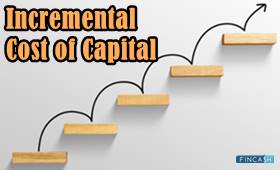
Table of Contents
Capitalized Cost
What is Capitalized Cost?
A capitalized cost is a cost that is incurred on the purchase of a Fixed Asset that provides an economic benefit beyond one year of a company’s operating cycle.
These costs are a long-term cost that is expected to bring profit to the company in the future regarding cash flow. The costs are recorded on the Balance Sheet as an asset.
One of the major points about capitalized cost is that they are not deducted from revenue over the time frame of their incurrence, but the cost is spread out over the useful life value of the asset in the form of Depreciation and Amortization.
Accumulated Depreciation and amortization show a contra-asset account that is meant for the reduction of the balance of the capitalized asset. Depreciation and amortization are also known for representing expenses on the Income statement.
Capitalized costs are recorded on the balance sheet as historical cost. Historical costs refer to the value of measure that represents an asset at the original cost on the balance sheet. It will not reflect the current and Fair Value of the asset.
Importance of Capitalized Costs
Capitalized costs can help a company get a better picture of the amount it has employed into the purchase of assets. It will help the company to measure the money earned over time in a better way and keep flexibility wherever required. The company can understand and record the expenses based on the revenue generated overtime with the depreciation applied.
Talk to our investment specialist
Example of Capitalized Costs
Various costs can be categorised as capitalized costs. They are mentioned below:
Tangible Asset
- Property, plant and equipment (PP&E)
- Construction costs for building an asset
- Buildings
Intangible asset
- Trademarks
- Patents
- Software development
- Copyrights
Costs should be capitalized only if they are expected to produce an economic gain in the near future.
All efforts have been made to ensure the information provided here is accurate. However, no guarantees are made regarding correctness of data. Please verify with scheme information document before making any investment.












